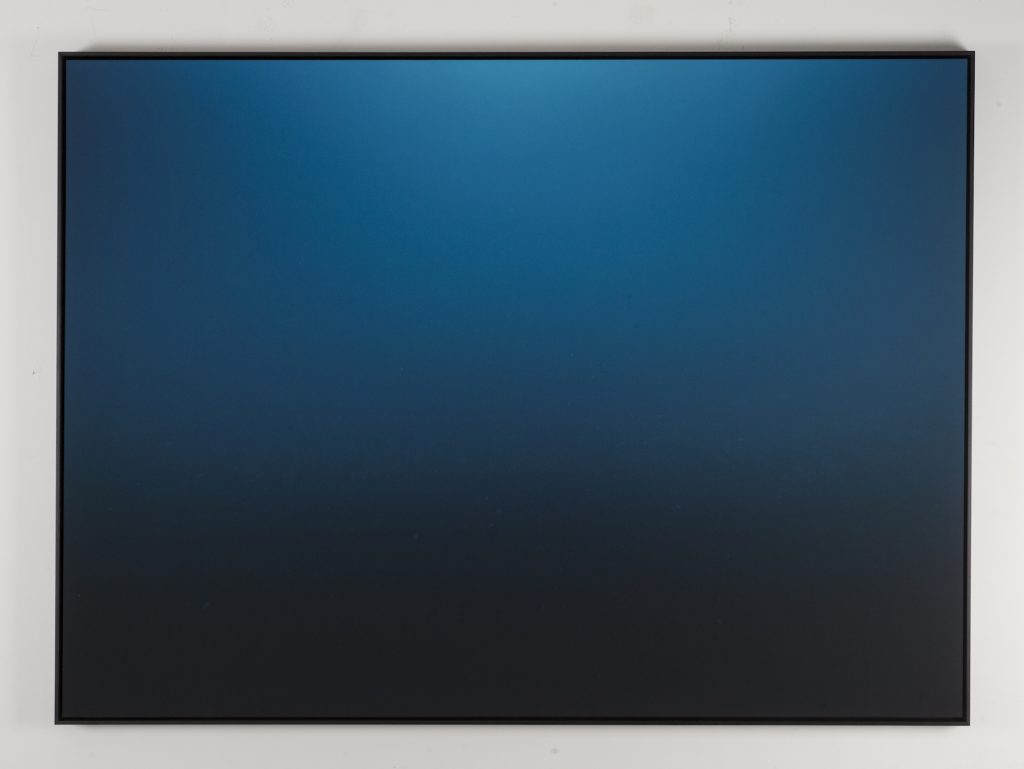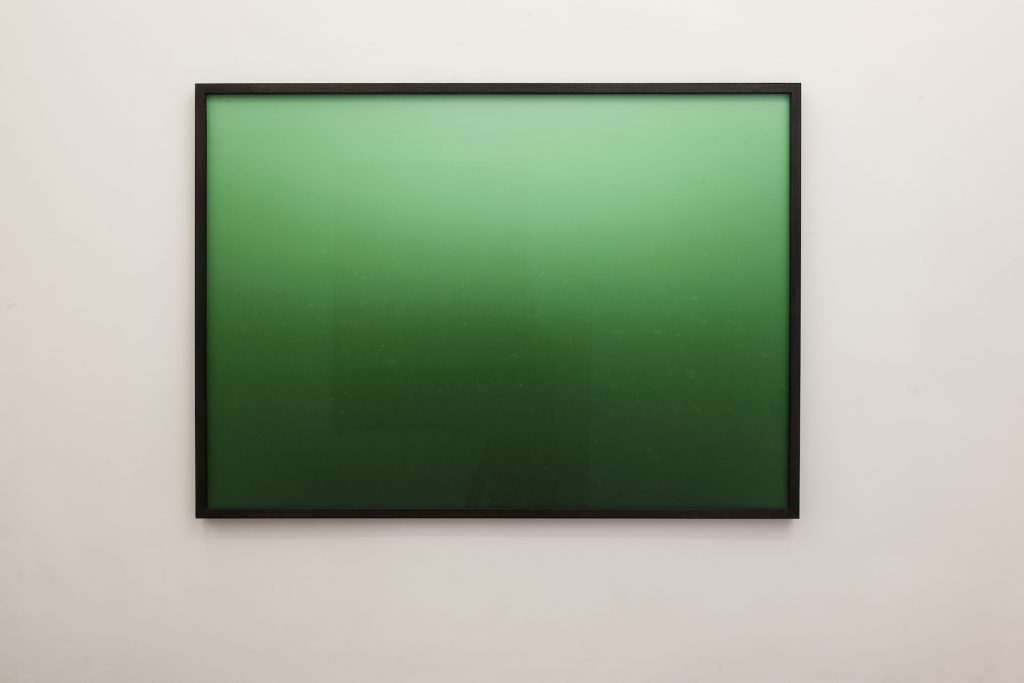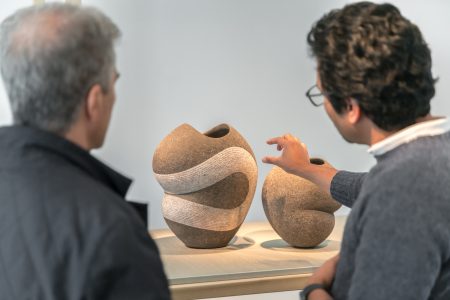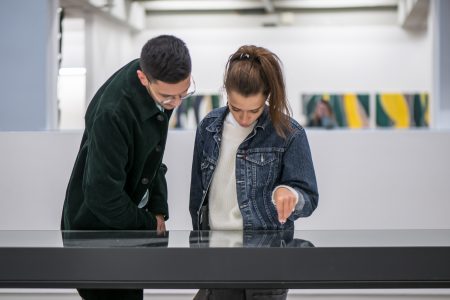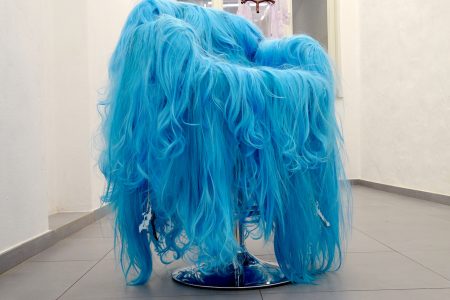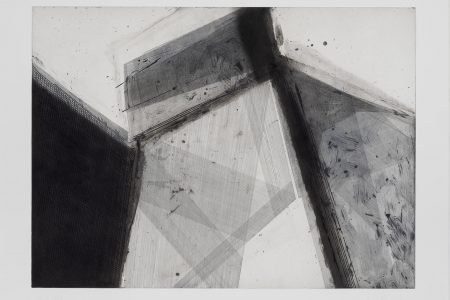BGW Spotlight: LMNO
Get to know the Gallerists behind Brussels Gallery Weekend! Here, Natacha Mottart of LMNO shares her thoughts on the Belgian design scene and the process behind ‘Nicolas Floc’h’.
TLmag reached out to four gallerists whose galleries are participating in Brussels Gallery Weekend to share their thoughts on the Belgian contemporary art and design scene, their new exhibitions and curatorial processes. Natacha Mottart from LMNO is the third gallerist to be featured in this repeating series.
TLmag: How would you describe the contemporaryBrussels(or Belgian) art and design scene, and what role do you think your gallery has within it?
Natacha Mottart (NM): The Brussels scene is lively and gloriously diverse: here you will find as many established artists coming from all over the world as young creators coming from our outstanding art schools. The gallery is a reflection of this nodal, high-octane character of Brussels. We have lived abroad for a long time, and we make a point of it to work with artists from such diverse countries as Brazil, Colombia, Sweden, Spain, Italy, France and of course Belgium.
TLmag:What are the valuable/interesting aspects of taking part in art fairs and events such asBrusselsGallery Weekend?
NM: A fair, or the Brussels Gallery Weekend is an opportunity to meet many amateurs, passionate collectors who are interested, curious, nomadic, and with whom we can exchange views, based on the work of our artists.
TLmag: in the exhibition, Nicolas Floc’h explores space and questions of productivity in the oceans. Could you tell us a bit more about the artists that you’re featuring in it and their works?
NM: The title of the exhibition is ‘Diatomée’ [‘Diatom’]: those micro-organisms that inhabit the oceans and whose role is essential to the oxygenation of the planet. They produce a quarter of the oxygen we breathe. They also have a peculiar trait: they are one of the elements that give water its hue. So Nicolas goes to dive and photographs those colored spaces ranging from blue to verdigris, in various seas and oceans. It is fascinating that those photographs should not just be splendid, but be genuine tools for the scientists with whom Nicolas is working.
Another aspect of those diatoms is explored by Nicolas through sculpture. Those micro-organisms are in fact going to be enlarged in a colossal way for the very first time in a gallery and will reveal to us the structural beauty of their shapes.
TLmag: Could you tell us a bit more about the curatorial process? How did this exhibition come about?
NM: Since Sept. 2016 we have developed a program focused on national and international artists from career circles whose works are witnesses to the concerns of a world in the making. Our program seeks to promote a dialogue between different areas of knowledge such as science, history, literature, and politics. It’s also a gallery in which young artists find themselves experimenting with their aesthetic development in relation to the environmental questions and societal issues.
Thus it was quite natural for us to decide to work with Nicolas Floc’h. Just like us, he has a passion for the sea and engages a lot with its study and its protection. His residence on Agnes B. Tara’s boat has always fascinated us and the purpose of his work convinced us.
This is Nicolas’s first monographic exhibition in a gallery in Brussels, although he has exhibited a fair bit, especially in institutions. Obviously we wish to propose an exhibition in which all aspects of his current practice can be perceived with the utmost graciousness. So we decided to produce both his large-size photographs as well as some bluestone sculptures.
TLmag:What would you say is your goal with this exhibition, and (how does it link to other exhibitions and practices that your gallery has set up in the past?
NM: The aim is always a many-sided one. First of all that of serving the work of the artist whom we offer some visibility in the north of Europe (we already presented him together with Pep Vidal at our Art Brussels 2019 stand).
But viewed more broadly the idea is to show that an artist can take up a scientific domain, and through his gaze take us from science to reverie, the effect being that after we have come to, our consciousness is still overwhelmed by that magic.
Quite a few of our artists are working on questions linked to the sciences and particularly on the ways in which people can be made aware of the environmental questions we are faced with, though without being made to feel guilt-ridden.
Cover image: Exhibition views, «Diatomée» , Nicolas Floc’h, 2019.
All images copyright: Philippe Degobert

